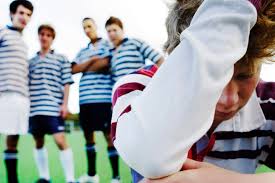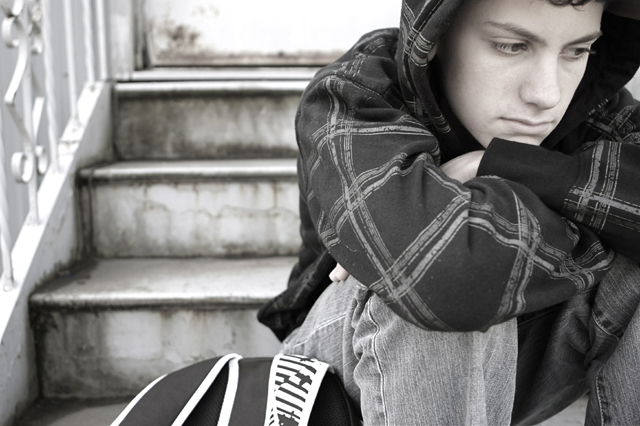I can’t think of a better New Year’s Resolution. David G. Allan writes “There’s a lot of talk, many articles and a long shelf of books on mindful parenting. But it all boils down to this: When you’re with your kids, give them full, curious and happy attention.” If we do nothing more than this in 2018 we’ve given our children a deep and long-lasting gift.
Bullying and Hazing in High School Sports
Matt Wixon and Greg Riddle of the Dallas Morning News write and excellent special report on the culture of hazing and bullying in high school sports. I’ve heard heartbreaking stories from teens and observed the emotional fall out from this type of abuse. Most of this is unreported and under the radar of parents, coaches and administrators. This is an article every high school athlete and coach should read.
Fall Newsletter “Why Do We Procrastinate?”
Teenagers suffering more than ever from anxiety
Eye-opening story in New York Times Magazine about the epidemic of anxiety facing today’s teens. Anxiety has overtaken depression as the most common reason college students seek counseling services. There’s been a doubling of hospital admission rates for suicidal teenagers in the past 10 years with the highest rates coming in the Fall after they return to school. Anxiety is easy to overlook because most everyone has it to some degree and it’s often seen as a less serious problem. However, according to the National Institute of Mental Health Anxiety is the most common mental-health disorder in the U.S. affecting nearly one-third of both teenagers and adults.
Athletes share their stories
When prominent people share their mental health battles it not only raises public consciousness but continues to chip away at societal stigma. Athletes are revered for their perseverance, toughness and performance under adversity. If they are wise enough to get help so can the rest of us.
Summer Newsletter
Without mental health there is no health
Madalyn Parker’s email to her boss has been retweeted over 15,000 times. It represents what is right and wrong about the state and stigma of mental health in the U.S.. According to the Centers for Disease Control only 17% of Americans are considered in a state of optimal mental health. The National Institute of Mental Health says 20% of adults in the U.S. will experience mental illness in a given year. It’s sad that Madalyn’s email is such a big deal but anything that promotes or encourages others to do the same or get help is welcome. Hopefully, people like Madalyn will help us all bury whatever stigma remains about mental health care.
18 things you can do when you turn 18
Occasionally, I get this question and conversation from teens. I encourage them to hold off on number one until they are 38 or parents are deceased. Whichever comes first. However, a couple of days ago a wise 18 year old young man told me “not much when your parents pay the bills.”
13RW
By now everyone has heard of the Netflix series “13 Reasons Why” based on a widely known fictional novel. Like other mental health clinicians this show concerns me because it not only glorifies or romanticizes suicide but is also inaccurate in many places. I appreciate the fact it raises suicide awareness and many struggling adolescents might seek help rather than copycat the behavior as some fear. The New York Times has an article about the concerns of families of teens at suicide risk as well as an article about the warning Netflix has added to the beginning of 13RW.
The National Association of School Psychologists has released 13RW Talking Points. If your teen has viewed this or plans to view this series I encourage you to watch the show with them and start a dialogue about the show’s content.










